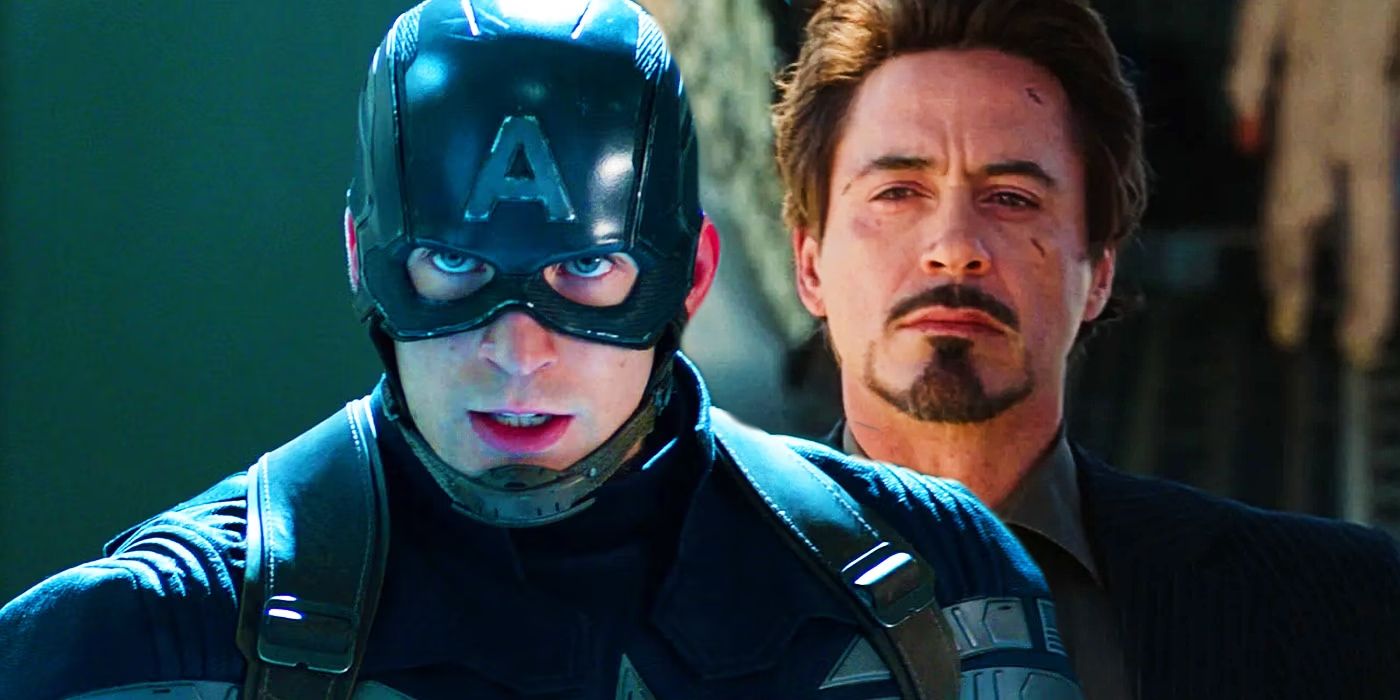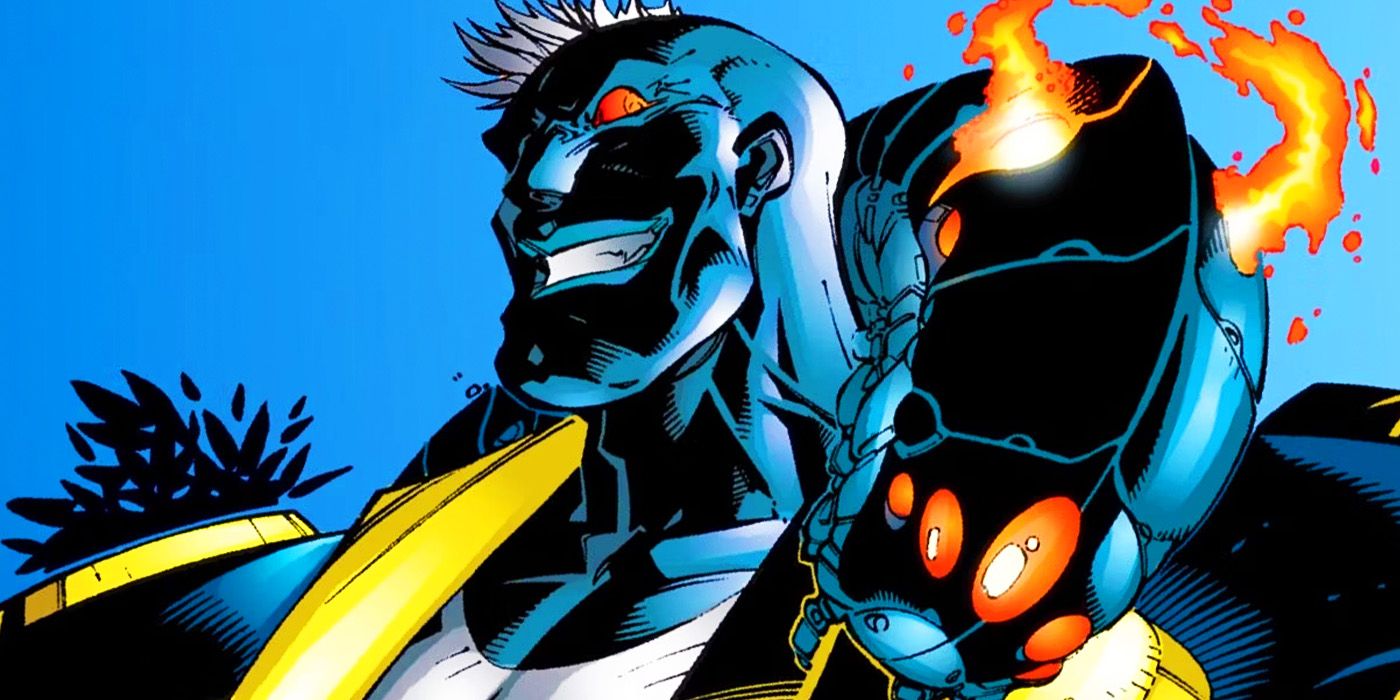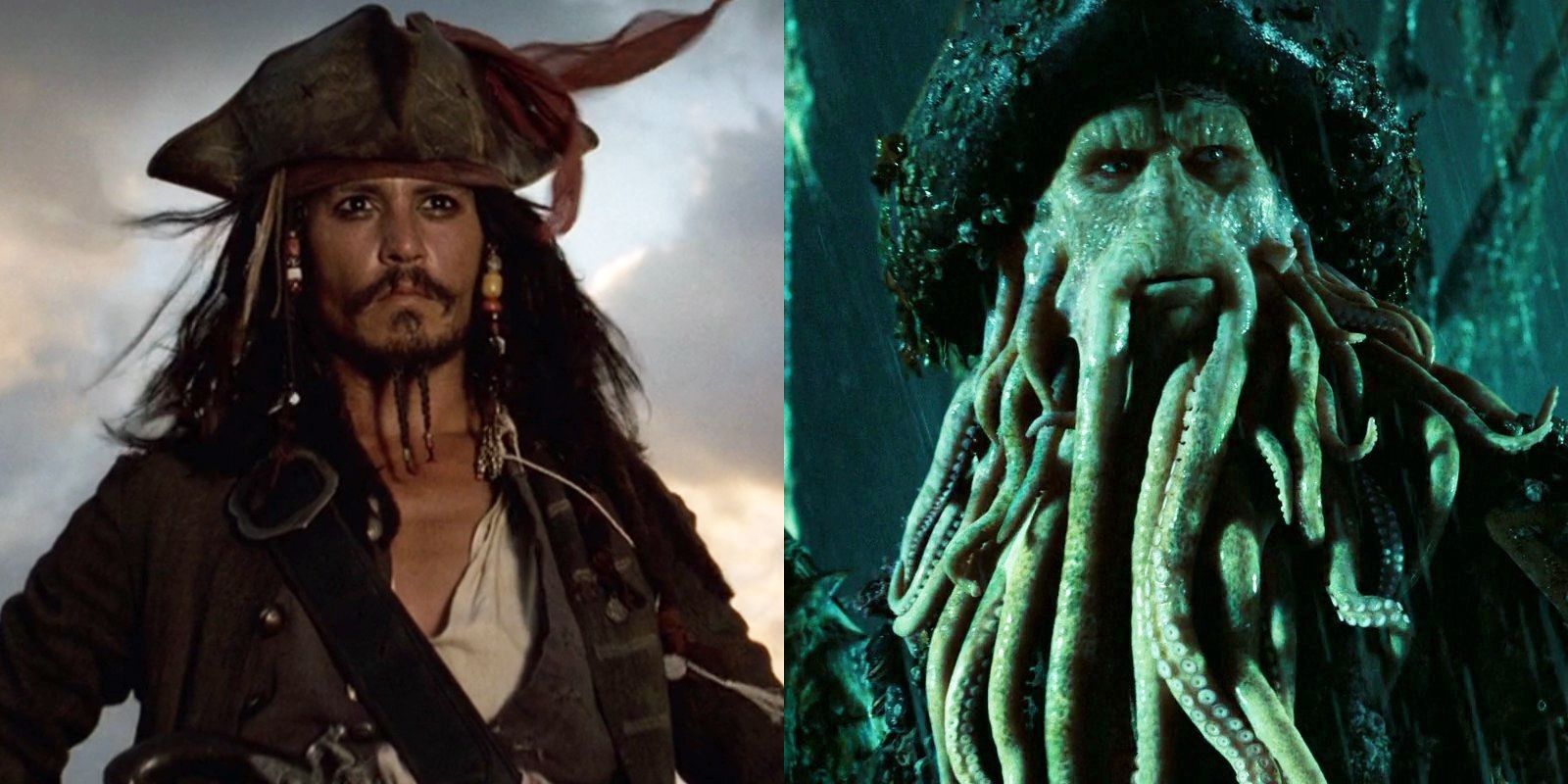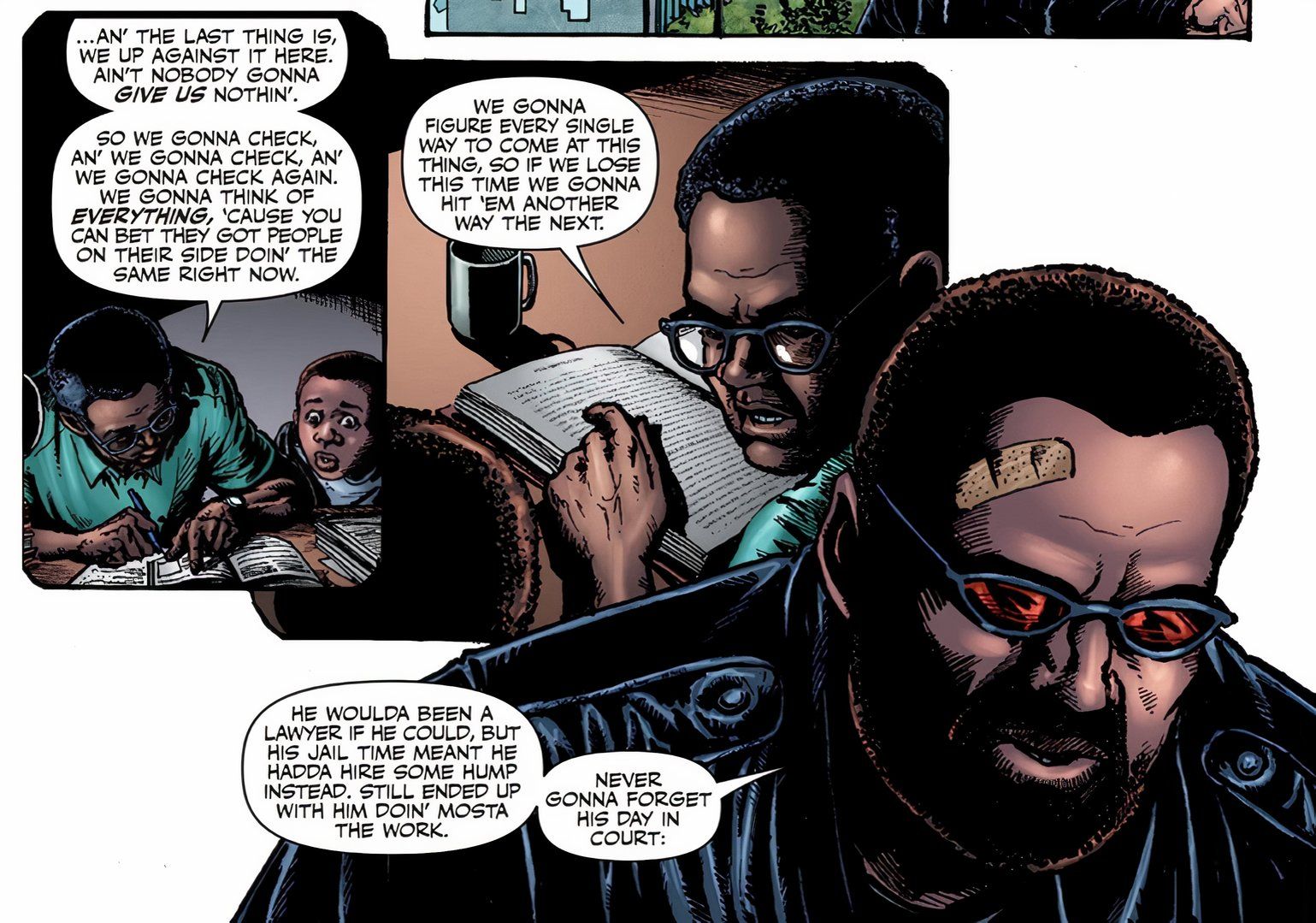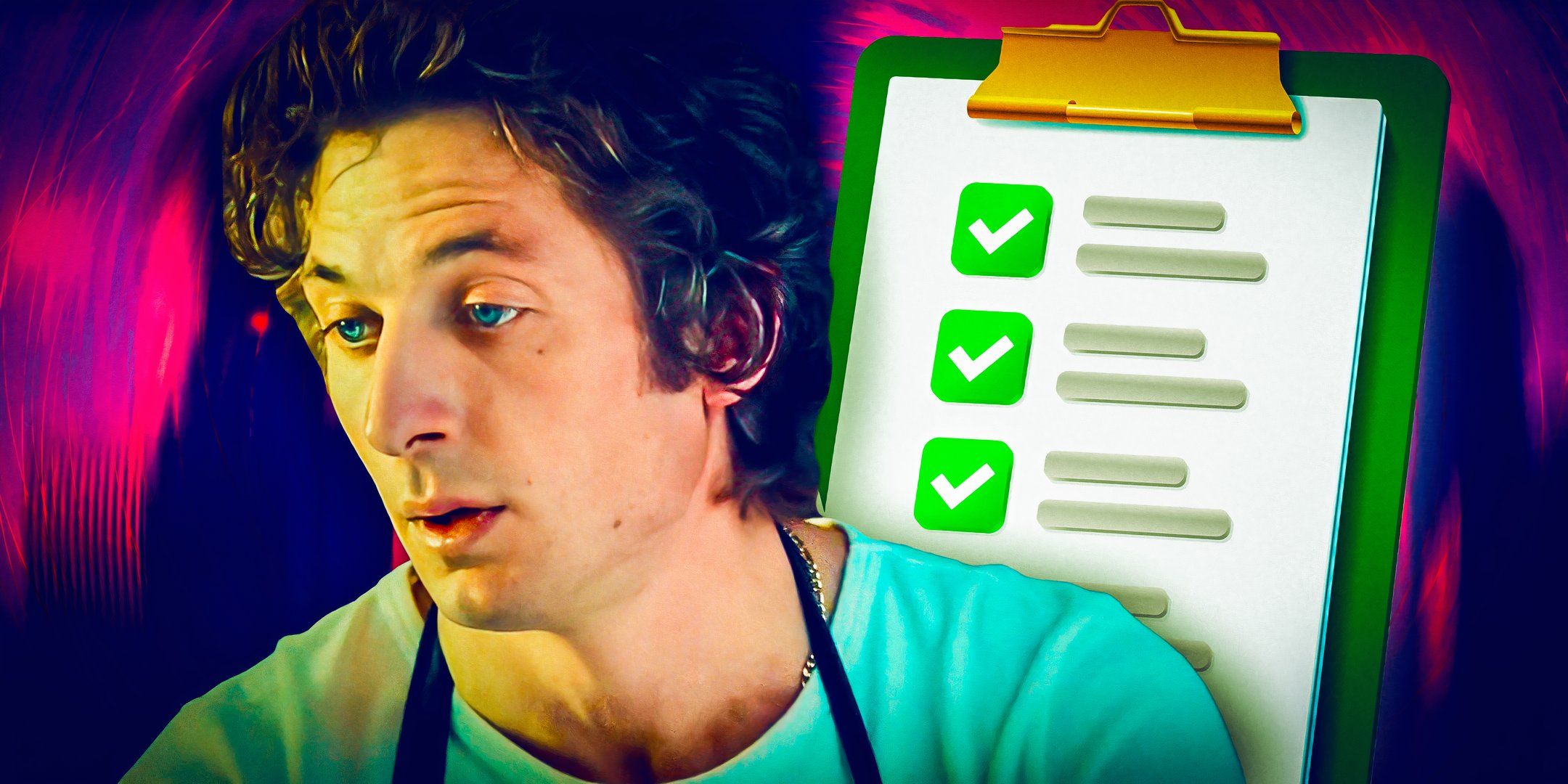Cosmic trickster Q (John de Lancie) is the closest that the Star Trek franchise has to a ghost of Christmas past, present, and future. There’s much debate over whether Christmas exists in Gene Roddenberry’s secular vision of the future, but several Star Trek characters are aware of Charles Dickens’ A Christmas Carol. For example, a repentant Lt. Tom Paris (Robert Duncan McNeill) alluded to Dickens’ classic Christmas story in the Star Trek: Voyager pilot when he referred to being visited by three ghosts in the night. Before that, Lt. Commander Data (Brent Spiner) tried to further his understanding of human emotions by playing the role of Ebenezer Scrooge in the holodeck.
So, regardless of whether Star Trek celebrates Christmas, the story of Scrooge and the ghosts that convinced him to change his ways endures into at least the 24th century. Charles Dickens’ classic Christmas story has also clearly influenced Star Trek‘s writers, who have either consciously or unconsciously adapted its themes to various episodes. Three of the most notable of these Dickens-inflected Star Trek stories feature Q, who ably fulfills the role of Scrooge’s three ghosts.
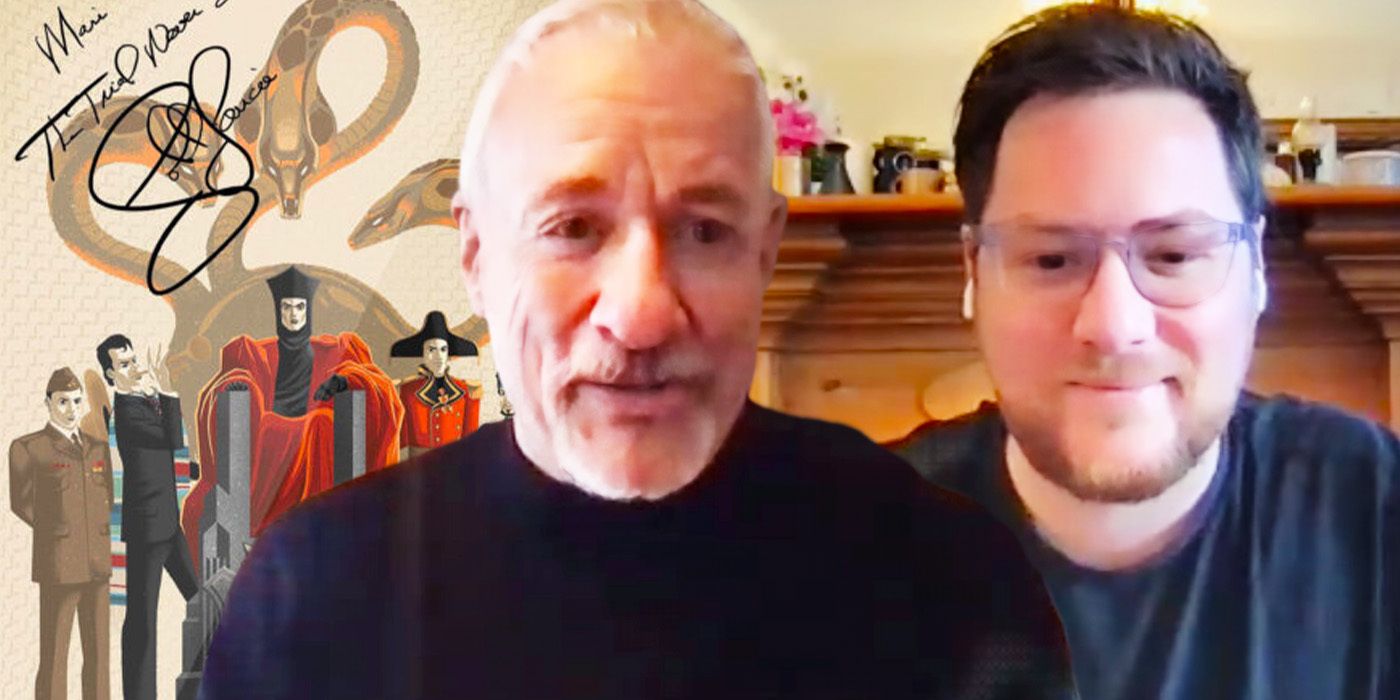
John de Lancie & Son Interview: FanFair Signatures & Q’s Star Trek Legacy
Screen Rant interviews John de Lancie and his son Owen about their work with FanFair Signatures virtual autographs and Q’s legacy in Star Trek.
Q Was Picard’s Ghost Of Christmas Past In TNG’s Tapestry
The classic Star Trek: The Next Generation episode “Tapestry” centers on a key moment from the early life of Captain Jean-Luc Picard (Patrick Stewart). When his synthetic heart is compromised by a terrorist attack, Picard’s life hangs in the balance. To make matters worse, his Star Trek arch-nemesis, Q appears as an angel, offering Jean-Luc a second chance at life. Q takes Picard back in time to Starfleet Academy, where he gives him a chance to avoid the near-fatal stabbing at Starbase Earheart. However, it soon becomes clear that without that near-death experience, Picard wouldn’t have become captain of the USS Enterprise-D.
Interestingly, “Tapestry” was initially conceived by writer Ronald D. Moore as a more overt Star Trek version of A Christmas Carol. Entitled “A Q Carol”, it would have seen the cosmic trickster take Picard to three key moments from his life. As well as the stabbing at Starbase Earheart, “A Q Carol” would also have depicted a traumatic event from Jean-Luc’s childhood, and the death of his best friend, Jack Crusher. However, Star Trek: The Next Generation executive producer Michael Piller felt that Moore’s take on Charles Dickens was formless, so the writer refocused the episode on just one traumatic event – the stabbing.
TNG’s Finale Was Star Trek’s Version Of “A Christmas Carol”
Star Trek: The Next Generation‘s finale, “All Good Things…” was Ronald D. Moore’s most successful attempt at remaking Charles Dickens’ A Christmas Carol. Co-written with Brannon Braga, “All Good Things…” presents Jean-Luc Picard with his past, present, and future, to save the whole of creation. Q is revealed to be Picard’s guide through these disparate threads of his personal history, as he concludes the trial of humanity he began way back in TNG‘s pilot. By this point, it’s clear that, like the ghosts in A Christmas Carol, Q wants Picard to learn the right lesson, save the universe, and ultimately save himself.
There’s an interesting similarity between the end of the Star Trek: The Next Generation finale and Charles Dickens’ A Christmas Carol, too. Both Picard and Scrooge are fundamentally changed by the visions they receive from their benevolent ghosts. By the end of A Christmas Carol, Ebenezer Scrooge learns the true meaning of Christmas and sits down with the Cratchit family for a huge festive feast. In the final scene of Star Trek: The Next Generation, Captain Picard finally sits down with his crew for a poker game.
Voyager’s Best Q Episode Owed A Debt To “It’s A Wonderful Life”
Although the classic James Stewart movie It’s a Wonderful Life is a Christmas classic in its own right, it draws heavily from Charles Dickens. Both It’s a Wonderful Life and A Christmas Carol are about the grinding gears of capitalism being at odds with the true meaning of the holidays. Clarence, the angel who tries to convince Stewart’s George Bailey not to take his own life, is an otherworldly visitor in the vein of Scrooge’s three ghosts. By showing George how his life has improved the lives of countless others, Clarence saves the struggling family man’s life in time for Christmas.
Star Trek: Voyager‘s best Q episode, “Death Wish” effectively casts John de Lancie as Clarence to the suicidal Quinn (Gerrit Graham). Quinn is a fellow Q who has grown tired of immortality and seeks the final frontier, death itself. To argue for life, Q shows Quinn three people whose lives he has positively impacted, including Commander William T. Riker (Jonathan Frakes). Unlike It’s a Wonderful Life, however, it’s Q, rather than Quinn, who is changed by his experiences, as he comes around to Quinn’s way of thinking. All the best Christmas stories are about redemption and a fresh outlook, and Q’s new perspective on immortality would define his subsequent Star Trek appearances.
All episodes of Star Trek: The Next Generation and Star Trek: Voyager are available to stream on Paramount+.

